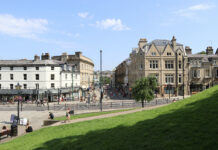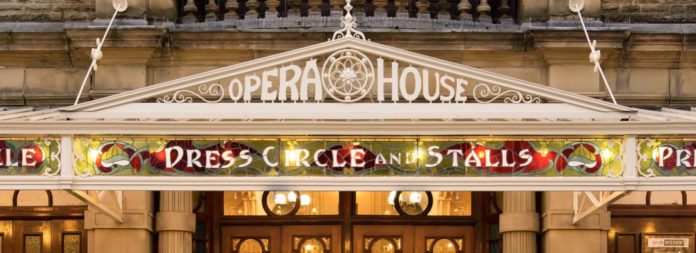The theatre in the hills or as most of us know as Buxton Opera House, is one of the most visited spots in Buxton, receiving eager theatregoers to over 450 shows a year. Join us as we take a peek behind the safety curtain and discover some of the lesser-known facts about Buxton Opera House history.
1. Buxton Opera House is one of the only 25 original Frank Matcham designed theatres which are still in use today. Known as one of the most important theatre architects of his time, Matcham designed over 100 theatres between 1879 and 1912.
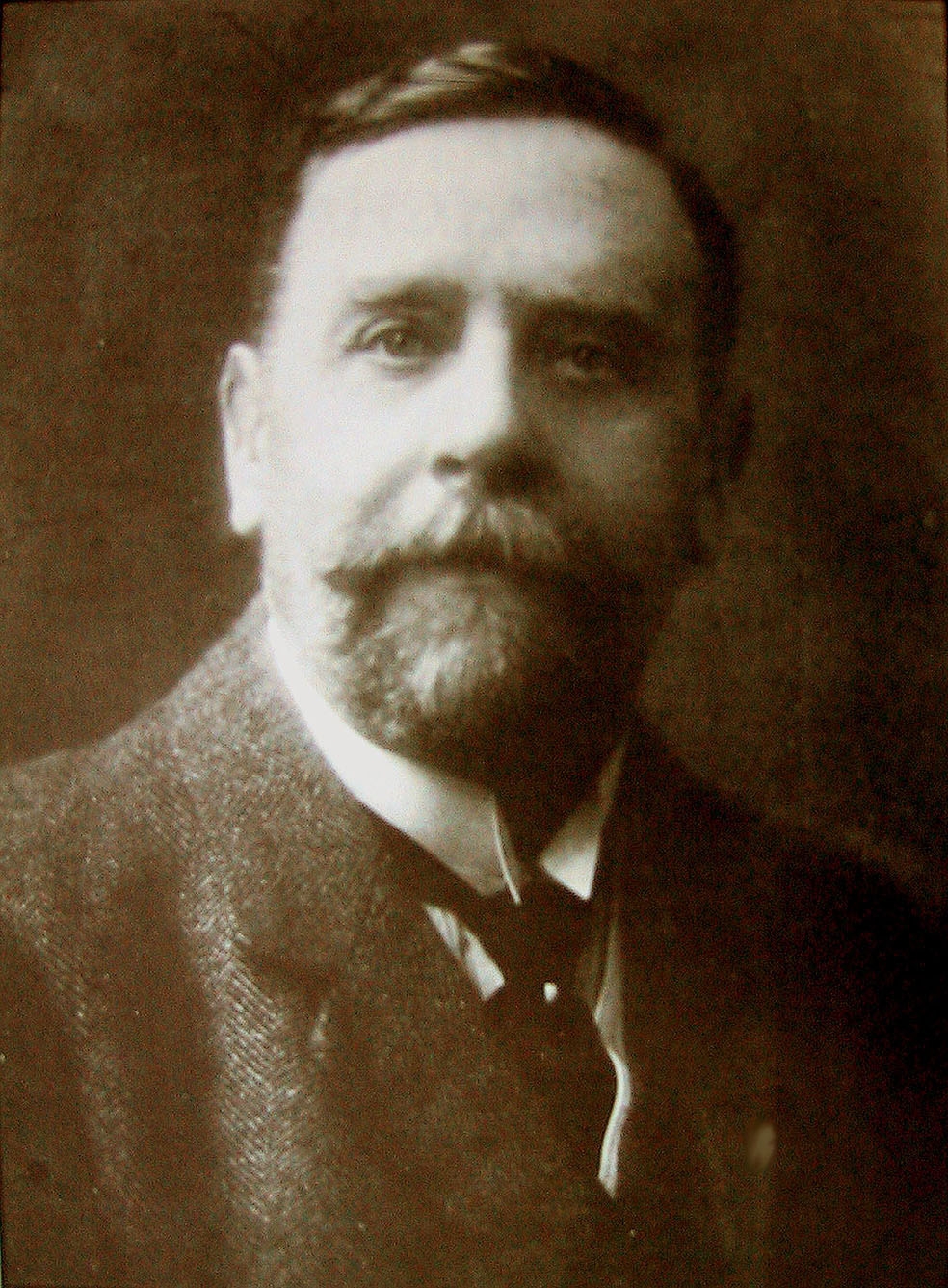
2. Buxton Opera House opened on Monday 1st July 1903 with the show Mrs Willoughby’s Kiss. Starring Florence St John and Scott Bisut along with a full London Company. Mrs Willoughby’s Kiss tells of the complications that follow after an illicit kiss, as a husband who has been separated from his wife kisses someone who is not his wife. This surely would have been quite a racy opening performance for a theatre in Edwardian Britain.
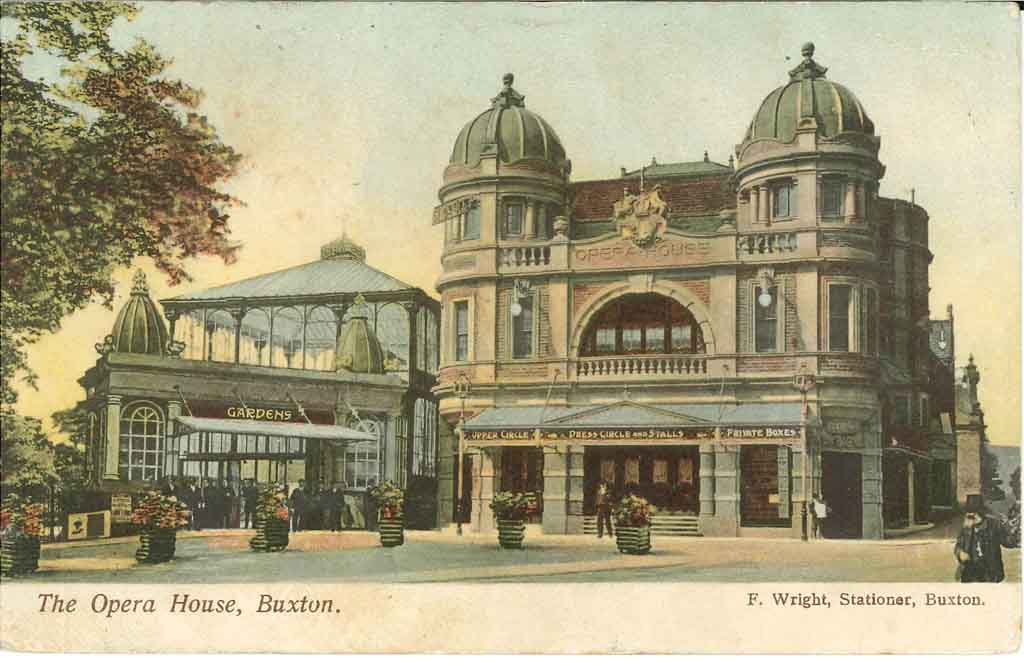
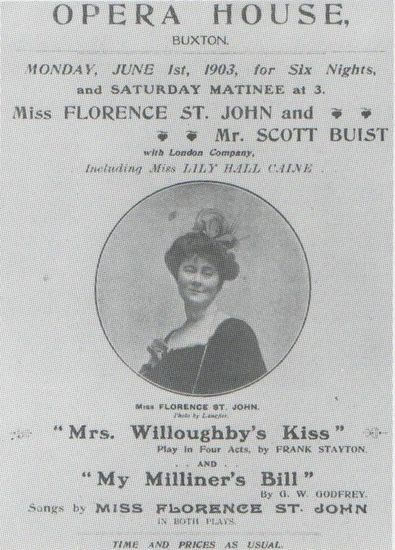
3. Speaking of Edwardian Britain, the history of gender divides was more than evident in the Opera House. In the 1900s ladies were not allowed into any of the three Opera House bars. Ladies were ‘allowed’ to enjoy their refreshments in either of two locations, the Upper Circle Ladies or the Dress Circle cloakroom. The Dress Circle Cloakroom now serves as the ladies toilet. Drinks were delivered to the cloakroom by a dumb waiter, if you take a look around you can still see today and it is still in working order!
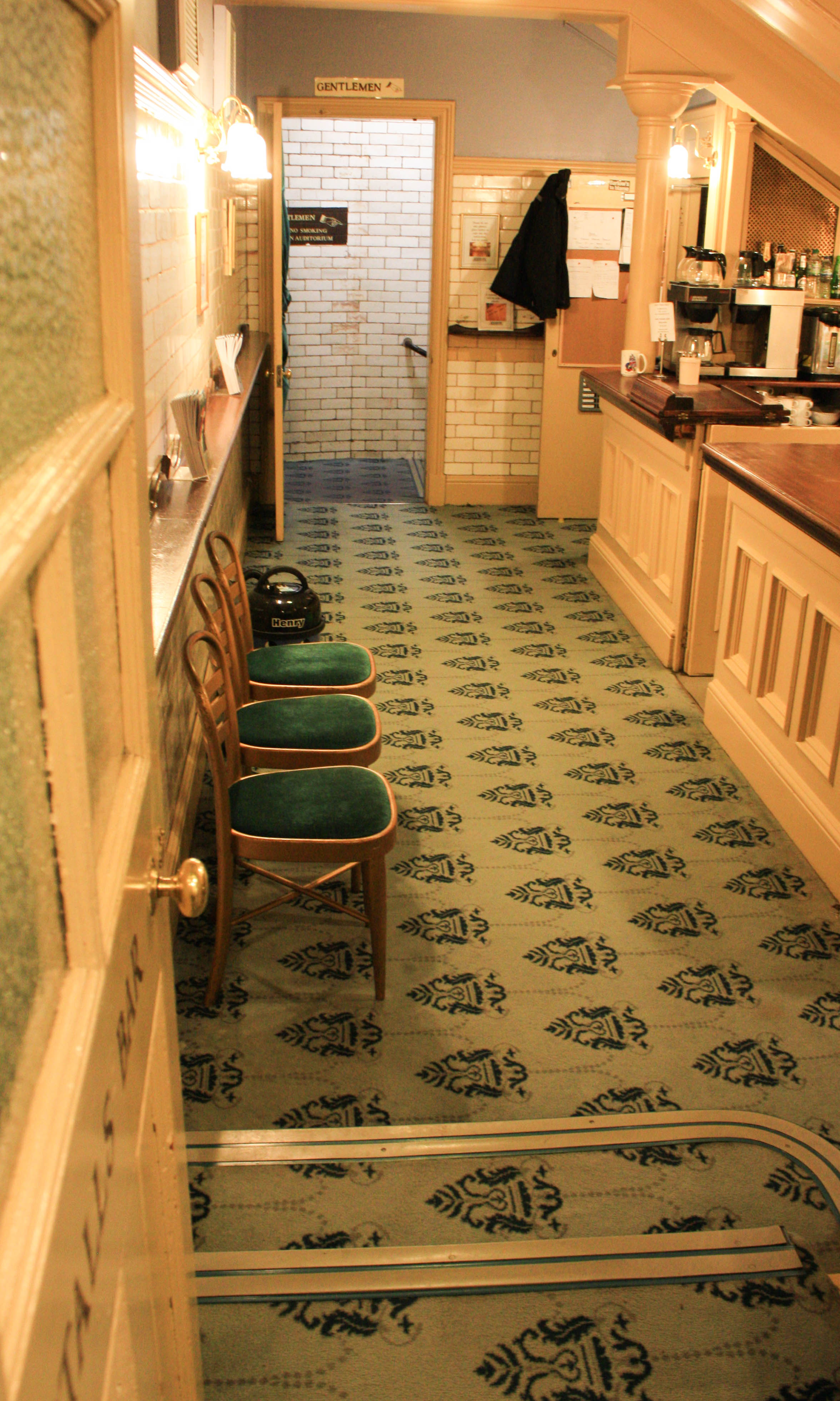
4. Ladies were not the only people who faced inequalities back in the 1900s. Class distinction was majorly factored into the design of the building with the lower class ‘Cheap Seats’ being accessed by stairwells on the right side of the building. The access now used as emergency exits kept the lower class audience out of sight from the upper classes who were treated to the ornate foyer and marble flooring.
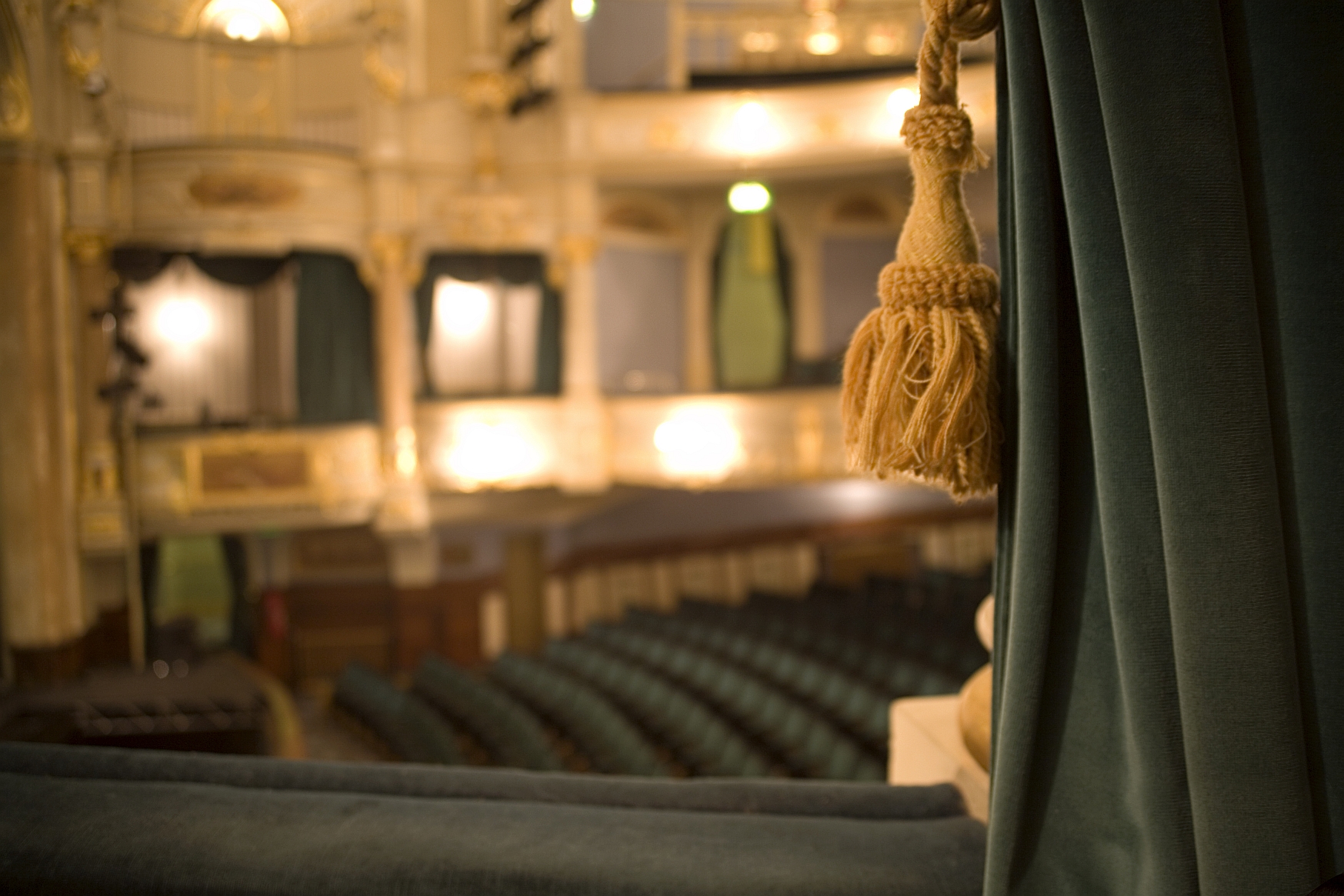
5. The interior also hides some often over-looked secrets. Not only do the friezes depict the arts representing music, painting, literature, dancing and comedy, some of the carved cherubs have real musical instruments. If you glance up to the cherub on the right-hand side of the stage, you will see it holding a tambourine. This is no simple carving and is in a fact a real tambourine. Whether anyone has ever tried to play it remains unknown.
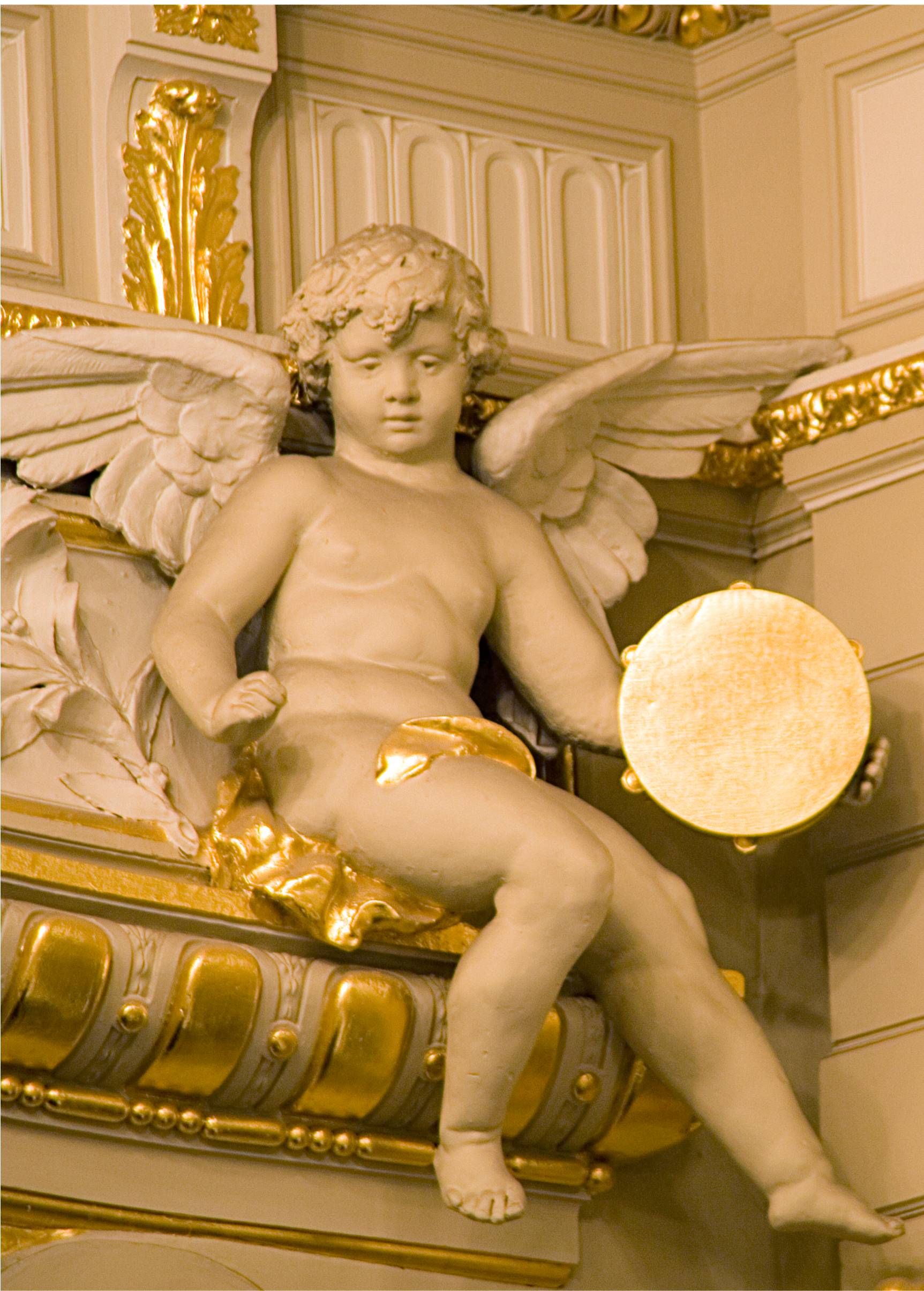
6. The Paris Opera House may be well known for its lake, but Buxton Opera House has its very own water feature. In the depths of the theatre, behind the Orchestra Pit there is a natural spring running beneath the opera house. The spring is controlled by electronic pumps, however, tide marks on the wall show the evidence of power cuts rendering the pumps temporarily out of action. Some Orchestra members have been known to play in their wellies as a precaution.
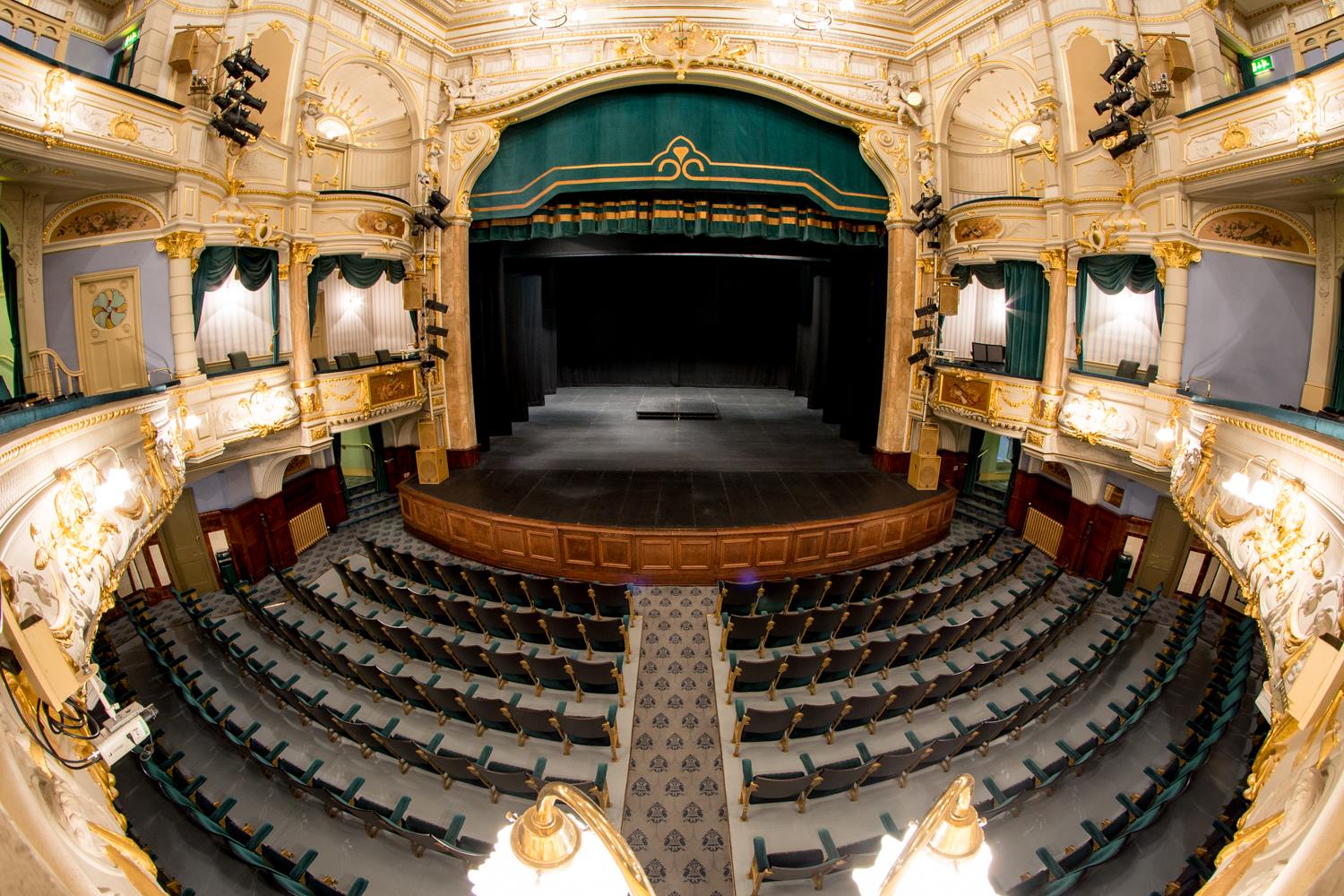
7. Old buildings tend to comes with tales of things that go bump in the night and Buxton Opera House is no exception. Housekeeping staff have reported kettles and lights mysteriously turning off and on. There also are reports from many members of staff who have caught the unexplained smell of cigar smoke outside one of the Boxes.
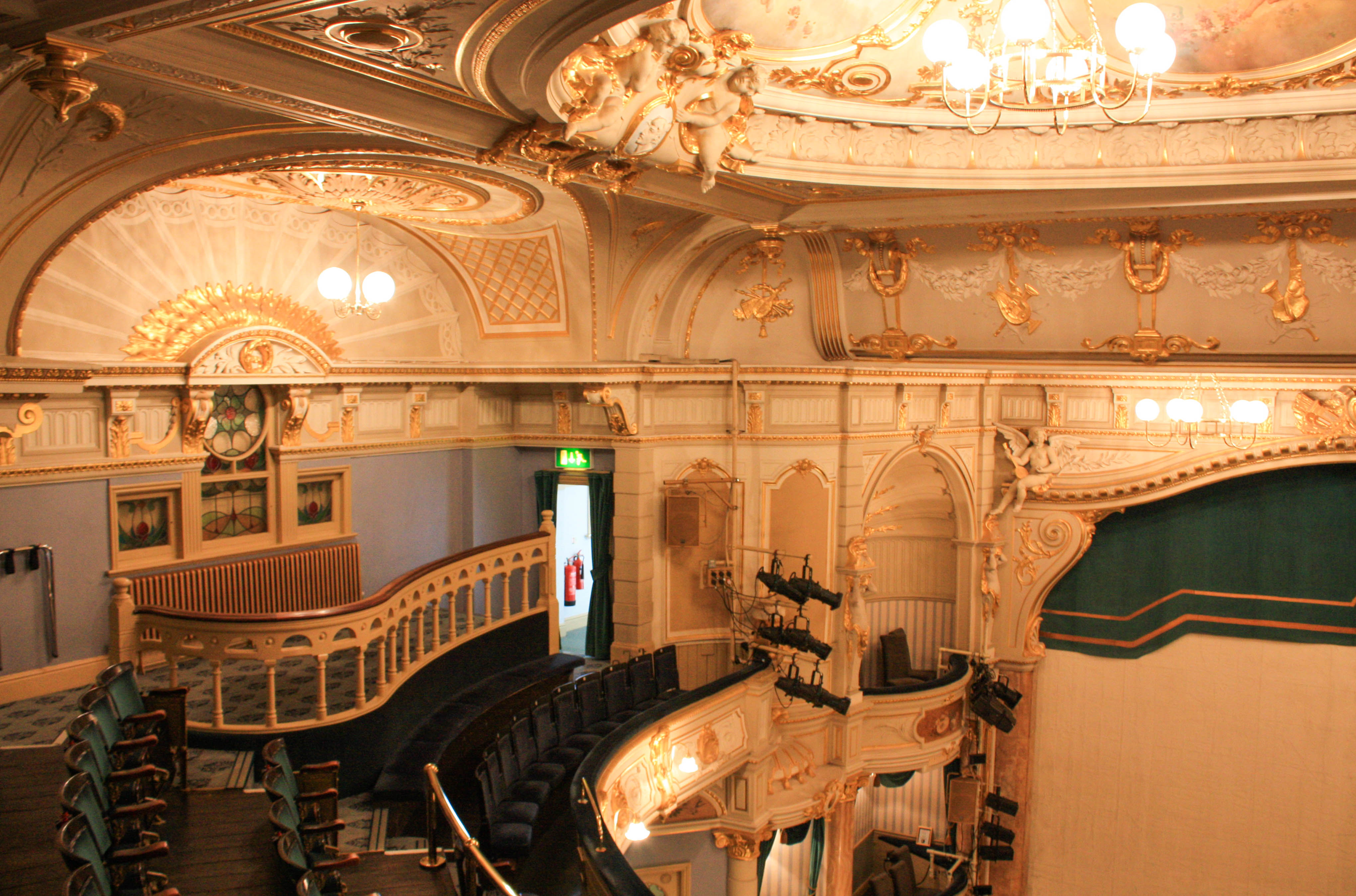
8. Many famous people have trod the boards at Buxton Opera House including Alec Guinness who played Hamlet. Peter Kay, Sarah Millican, Aled Jones, Razorlight and the late and great Sir Ken Dodd. Sir Ken attended the Buxton Opera House several times over the years and kept the show going until the early hours in the morning.
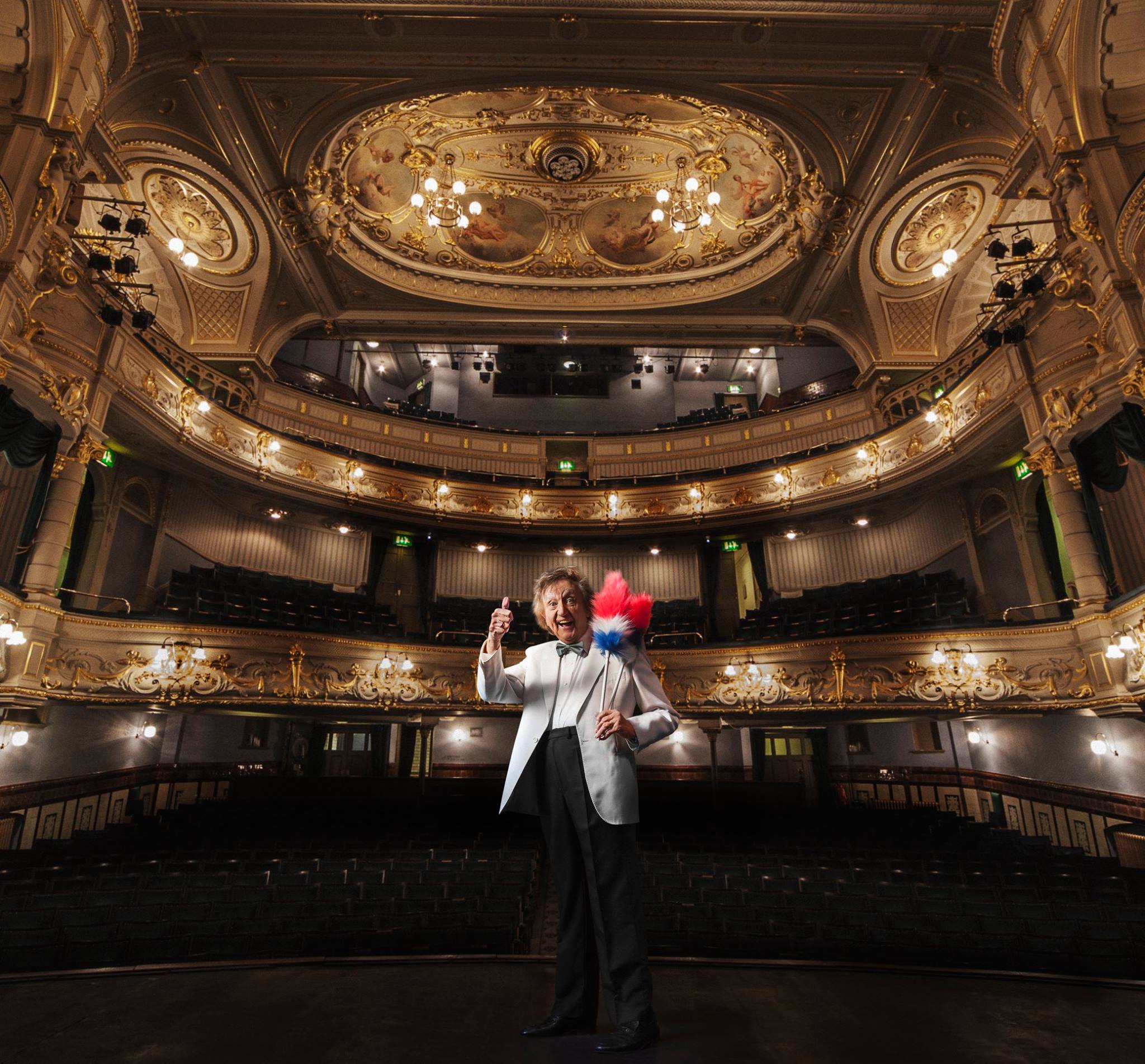
9. Another famous performer was the legendary ballerina Anna Pavlova who performed her famous ‘dying swan’ act in 1925. This awe-inspiring dance was watched by the one and only Mary Pickford who was one of the biggest 20s Hollywood stars of the time and was in Derbyshire preparing to film Dorothy Vernon of Haddon Hall. Even cocktails have been named after this classic starlet!
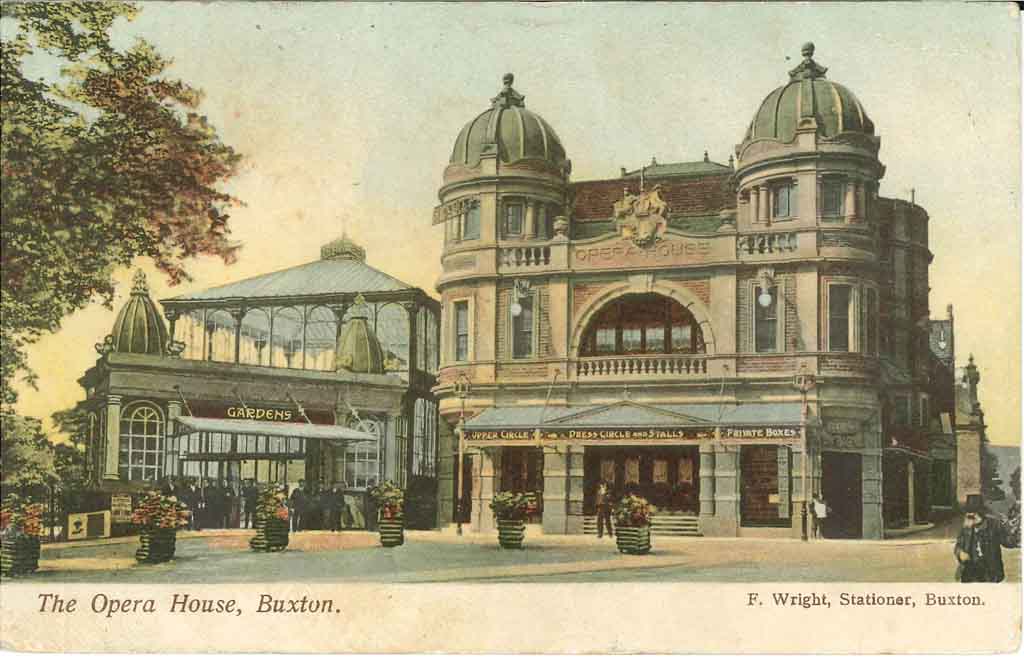
10. King Edward VII and Queen Alexandra were supposed to attend the newly opened opera house, which caused much excitement. However, the visit never took place due to the King suffering from a bout of flu!
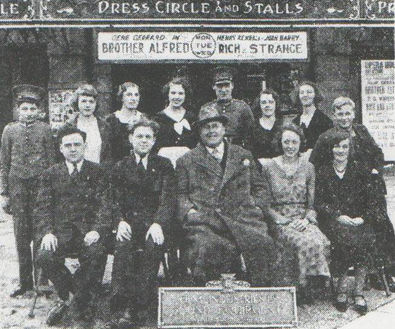
For more information about Buxton Opera House and to see their full programme of events, go to buxtonoperahouse.org.uk
Did You Enjoy This?
You might like our regular newsletter. We put all the best events, cultural highlights and offers from Buxton and the Peak District in your inbox every month.
This information will only be used to send you this newsletter. It is stored in Mailchimp.




